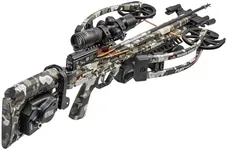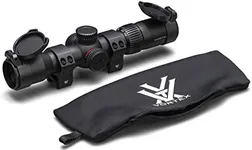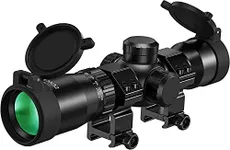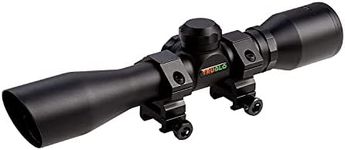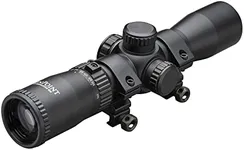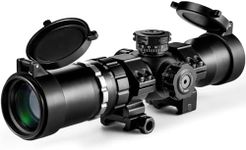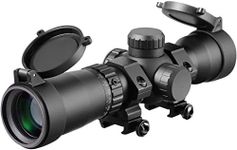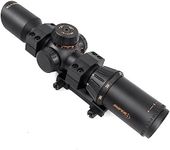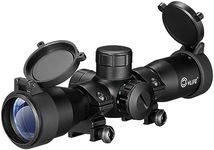Buying Guide for the Best Crossbow With Scopes
Choosing the right crossbow with a scope can be a rewarding experience if you know what to look for. The right crossbow will depend on your specific needs, such as hunting, target shooting, or recreational use. Understanding the key specifications and how they align with your requirements will help you make an informed decision. Here are some important specs to consider when selecting a crossbow with a scope.Draw WeightDraw weight refers to the amount of force required to pull back the string of the crossbow. This is important because it affects the speed and power of the bolt. Draw weights can range from 75 to over 200 pounds. For beginners or those with less physical strength, a lower draw weight (75-125 pounds) is easier to handle. For hunting larger game, a higher draw weight (150-200+ pounds) is more effective. Choose a draw weight that matches your physical capability and intended use.
Speed (FPS)Speed, measured in feet per second (FPS), indicates how fast the bolt travels when shot from the crossbow. This is crucial for determining the crossbow's effectiveness in hitting targets accurately and with sufficient force. Speeds can range from 200 to over 400 FPS. For target shooting or small game hunting, a lower speed (200-300 FPS) is adequate. For larger game or long-distance shooting, a higher speed (350-400+ FPS) is preferable. Consider your shooting distance and target type when selecting the speed.
WeightThe weight of the crossbow affects its portability and ease of use. Heavier crossbows (over 7 pounds) can be more stable and reduce recoil, but they may be cumbersome to carry for long periods. Lighter crossbows (under 7 pounds) are easier to maneuver and carry, making them suitable for extended hunting trips. Choose a weight that you can comfortably handle, especially if you plan to carry the crossbow over long distances.
Scope QualityThe scope is an essential component for aiming and accuracy. A good quality scope will have clear optics, adjustable magnification, and reliable reticles. Scopes can vary from basic red dot sights to advanced multi-reticle scopes with illumination. For general use, a basic scope with 3x magnification is sufficient. For precision shooting or low-light conditions, a higher quality scope with adjustable magnification and illumination is beneficial. Match the scope quality to your shooting conditions and accuracy requirements.
Noise LevelNoise level refers to how loud the crossbow is when fired. This is particularly important for hunting, as a quieter crossbow is less likely to startle game. Noise levels can be reduced with dampeners and silencers. If you are primarily using the crossbow for hunting, look for models with built-in noise reduction features. For target shooting, noise level may be less of a concern. Consider the environment in which you will be using the crossbow when evaluating noise levels.
Safety FeaturesSafety features are crucial for preventing accidents and ensuring safe operation. Common safety features include anti-dry fire mechanisms, which prevent the crossbow from firing without a bolt, and automatic safety catches that engage when the crossbow is cocked. These features are important for both beginners and experienced users. Ensure the crossbow you choose has adequate safety mechanisms to protect yourself and others during use.
